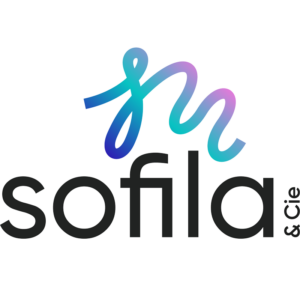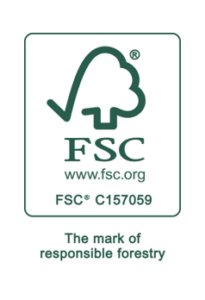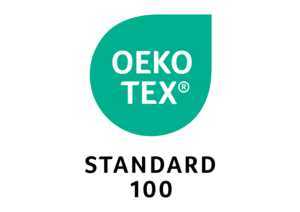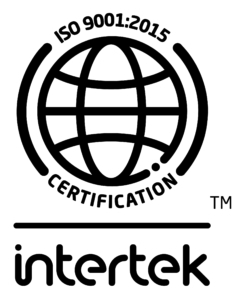History
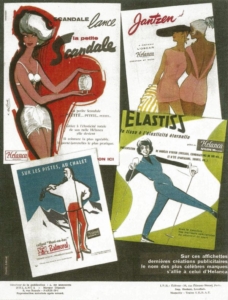
The Billion company was founded in 1894 in Lyon and its first activity was the transformation of silk for the weaving industry in the Lyon region.
With the advent of synthetic fibers Billion has been one of the major players in the development of texturing and milling technologies for these new fibers. Billion is the creator, in 1947, of the Nylon foam thread “Hélança Cheveux d’Ange”. The main markets were in the fields of footwear, clothing and seaside clothing.
- In 1970, Billion is represented in 26 countries and exports 30% of its production. In the mid-1970s, texturing milling suffered a serious crisis following the first oil crisis and the strategic choices of the main European spinners to integrate their activities downstream. During this period, Billion is investing in new industrial technologies, including air texturing and double twist milling.
- In 1995, merging of 2 centenary companies: Billion and Mayor (creation in 1872) with 10 production sites in France
- In 2003, BMI – Billion Mayor Industry restructures its French sites and creates BMA, Billion Mayor Asia in Malaysia to support its Asian customers.
- In 2012, BMI acquired SOFILA from two hundred-year-old houses in the mill: Condamin & Prodon and Schwarzenbach mills.
SOFILA specializes in covering for the medical industry and sportswear and the milling for lingerie and silk lace. - In 2012, BMI closed its Malaysian BMA site to reindustrialise and sustain its French industrial sites.
- In 2013 BMI took over the business in the trading of artificial and synthetic yarns from Morel-Journel, founded in 1811, for the dress lace market.
- In 2016, BMI acquires TRANSFIL based in Unieux.
Transfil is a millage more than centenary which offers many moulin threads for dress lace makers and publishers in home furnishings.
